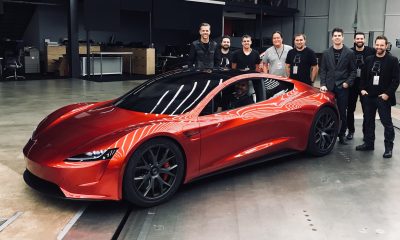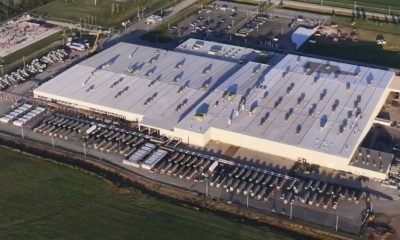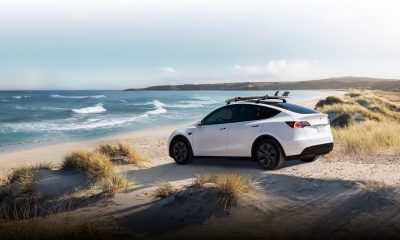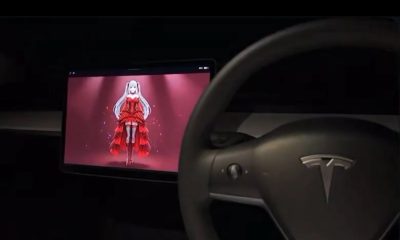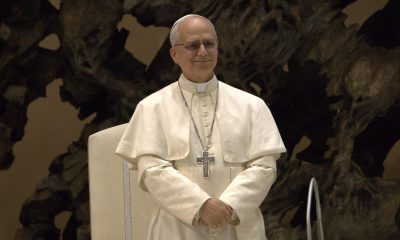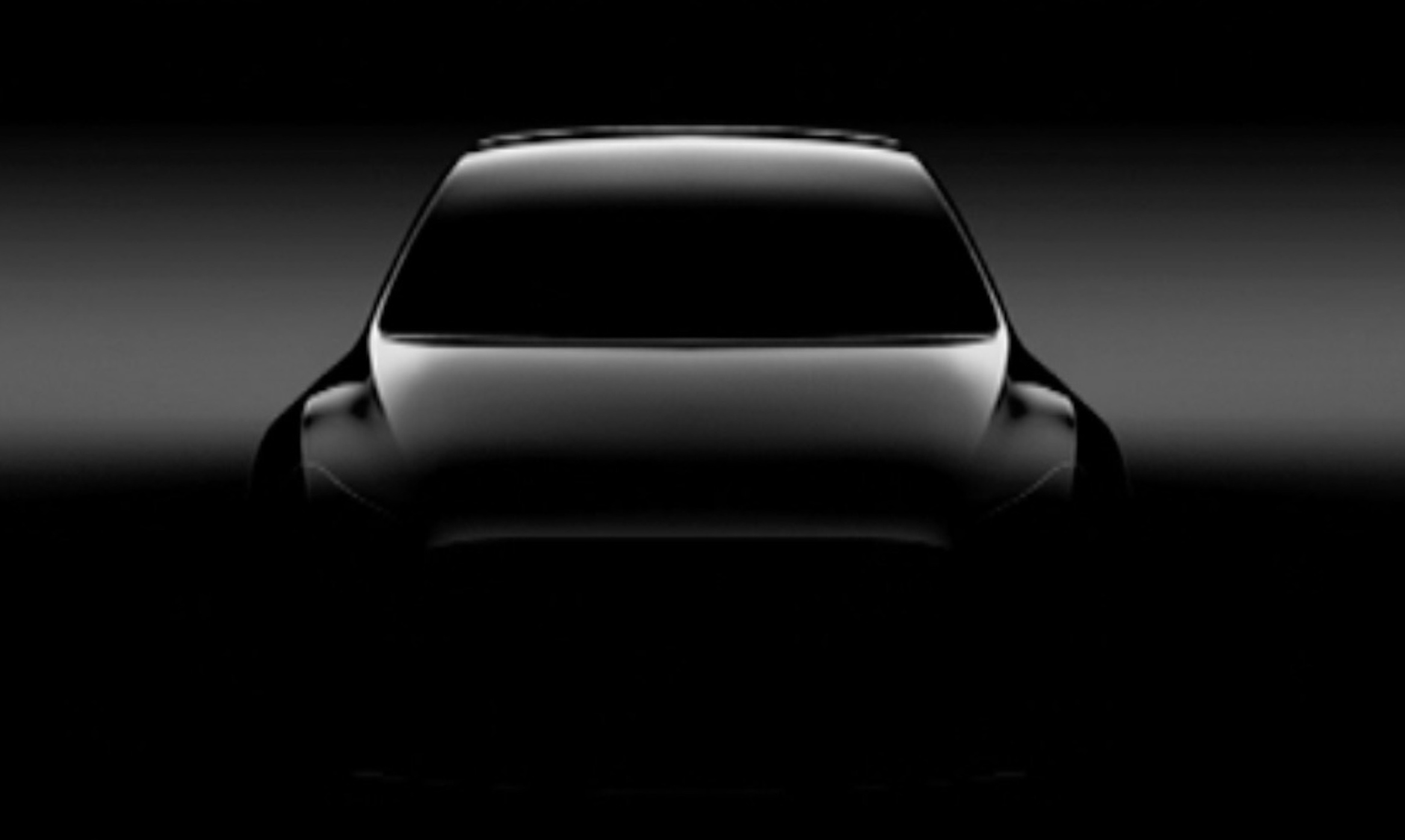
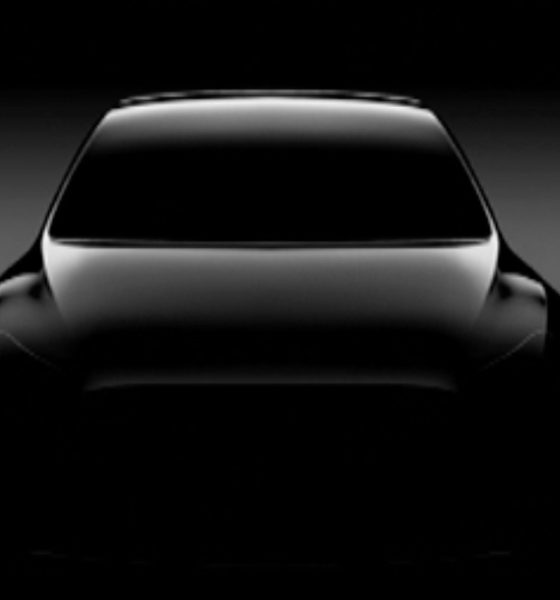
News
Musk reveals first image of Tesla Model Y compact SUV, deliveries in 2019
Elon Musk revealed the first teaser image and new information about the upcoming Tesla Model Y compact SUV during Tuesday’s 2017 Tesla Shareholder Meeting. Tesla initially planned to have the Model Y ride on the Model 3’s platform, but Musk confirmed in the Q&A segment of the shareholder meeting that Model Y will be riding on a completely new platform.
Musk believes that a newly engineered platform will allow the company to manufacture the car in a, “way that a car has never been built before,” from a dedicated factory for the production of Model Y. He also stated that he believes the Model Y’s demand will exceed the demand of Model 3, which is already sold out until the end of next year.
“There are a number of really major manufacturing improvements that can be done… The capital expenditures I think will be substantially less. I’m confident that we can drop the CapEx by a factor of 2 and accelerate its readiness despite its new technologies.” – Elon Musk at Shareholder Meeting.
Musk has previously indicated that the Model Y will have a new electrical system throughout the car, stating that 12V electronics would be removed in favor of next-generation electronics. Tesla’s flagship Model S and Model X have approximately 3 km of wiring within the vehicle, while the Model 3 will have roughly half of that at 1.5km of wiring. Model Y on the other hand will only have roughly 100m of wiring, a 95% reduction over Model 3.
Part of Tesla’s decision to build the Model Y on a new platform was driven from their experience building the Model X. “We made a mistake by trying to drive the Model X from the Model S platform,” Musk said at the meeting today. “We got over-confident,” Musk added, trying to emphasize their focus on the vehicle’s ability to be easily manufactured.
Musk also highlighted the fact that the Model X had “too many cool features”and in hindsight would have liked to roll out more advanced features over time.
Elon Musk
Tesla called ‘biggest meme stock we’ve ever seen’ by Yale associate dean
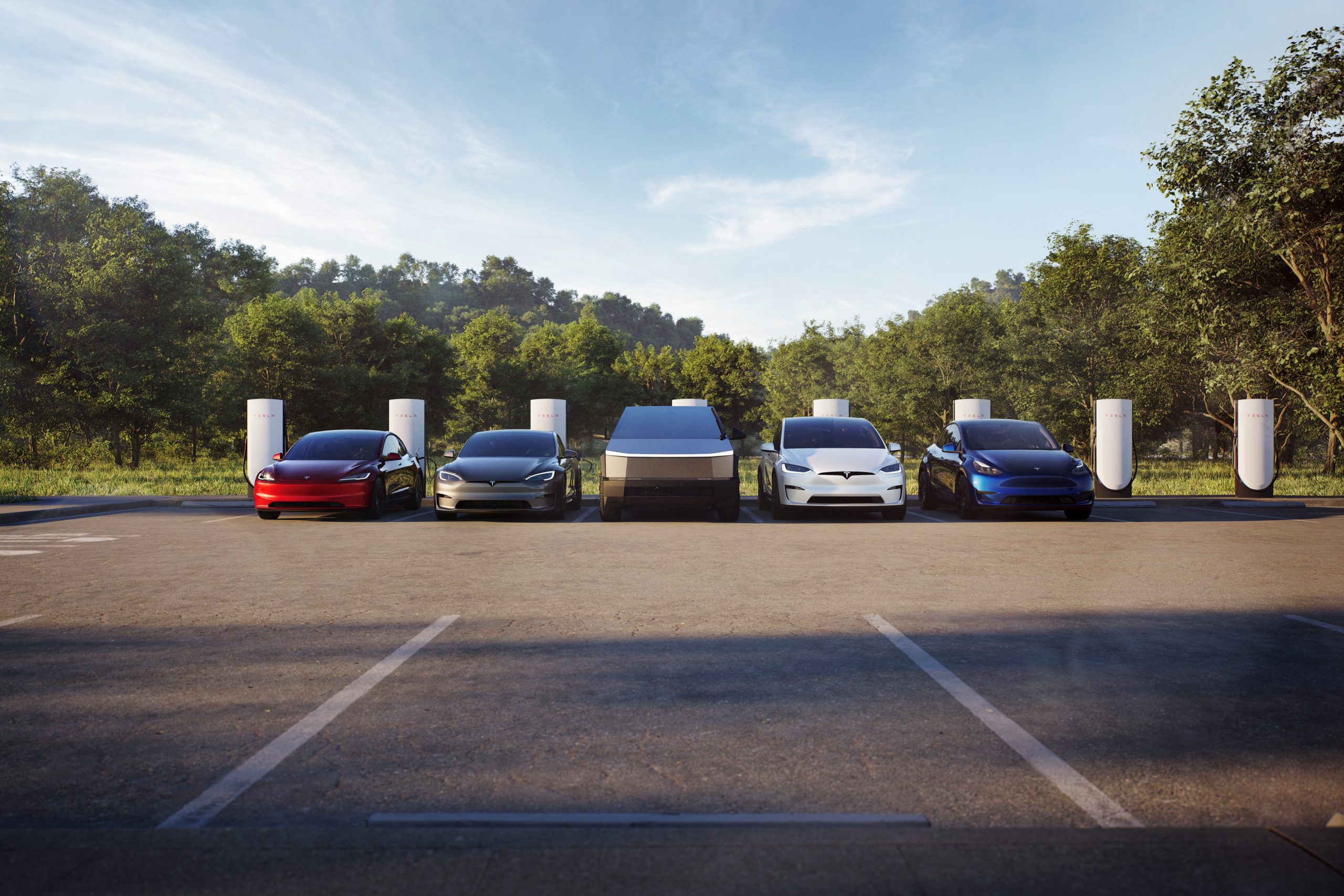
Tesla (NASDAQ: TSLA) is being called “the biggest meme stock we’ve ever seen” by Yale School of Management Senior Associate Dean Jeff Sonnenfeld, who made the comments in a recent interview with CNBC.
Sonnenfeld’s comments echo those of many of the company’s skeptics, who argue that its price-to-earnings ratio is far too high when compared to other companies also in the tech industry. Tesla is often compared to companies like Apple, Nvidia, and Microsoft when these types of discussions come up.
Fundamentally, yes, Tesla does trade at a P/E level that is significantly above that of any comparable company.
However, it is worth mentioning that Tesla is not traded like a typical company, either.
Here’s what Sonnenfeld said regarding Tesla:
“This is the biggest meme stock we’ve ever seen. Even at its peak, Amazon was nowhere near this level. The PE on this, well above 200, is just crazy. When you’ve got stocks like Nvidia, the price-earnings ratio is around 25 or 30, and Apple is maybe 35 or 36, Microsoft around the same. I mean, this is way out of line to be at a 220 PE. It’s crazy, and they’ve, I think, put a little too much emphasis on the magic wand of Musk.”
Many analysts have admitted in the past that they believe Tesla is an untraditional stock in the sense that many analysts trade it based on narrative and not fundamentals. Ryan Brinkman of J.P. Morgan once said:
“Tesla shares continue to strike us as having become completely divorced from the fundamentals.”
Dan Nathan, another notorious skeptic of Tesla shares, recently turned bullish on the stock because of “technicals and sentiment.” He said just last week:
“I think from a trading perspective, it looks very interesting.”
Nathan said Tesla shares show signs of strength moving forward, including holding its 200-day moving average and holding against current resistance levels.
Sonnenfeld’s synopsis of Tesla shares points out that there might be “a little too much emphasis on the magic wand of Musk.”
Elon Musk just bought $1 billion in Tesla stock, his biggest purchase ever
This could refer to different things: perhaps his recent $1 billion stock buy, which sent the stock skyrocketing, or the fact that many Tesla investors are fans and owners who do not buy and sell on numbers, but rather on news that Musk might report himself.
Tesla is trading around $423.76 at the time of publication, as of 3:25 p.m. on the East Coast.
News
Tesla makes big change to Full Self-Driving doghouse that drivers will like
Now, it is changing the timeframe of which strikes will be removed, cutting it in half. The strikes will be removed every 3.5 days, as long as no strikes are received during the time period.
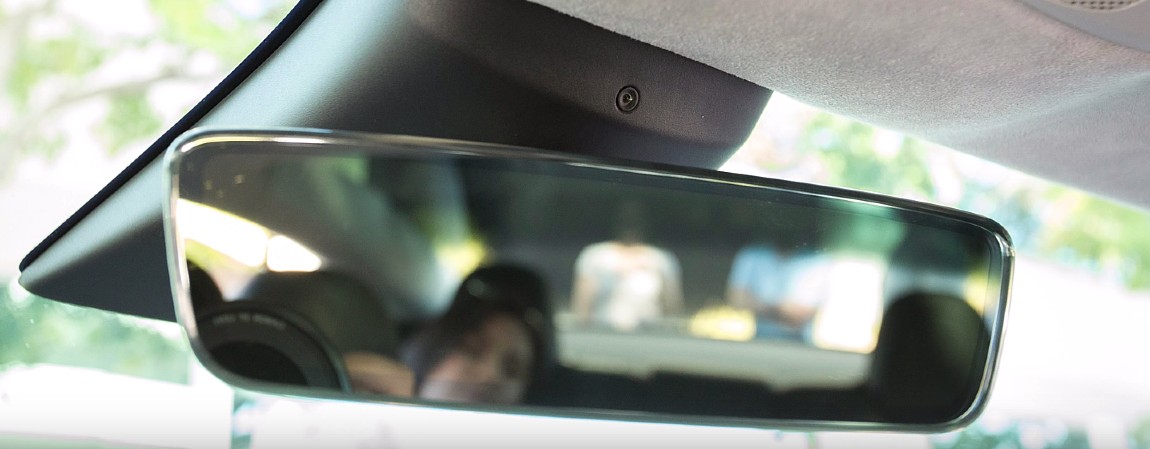
Tesla is making a big change to its Full Self-Driving doghouse that drivers will like.
The doghouse is a hypothetical term used to describe the penalty period that Tesla applies to drivers who receive too many infractions related to distracted driving.
Previously, Tesla implemented a seven-day ban on the use of Full Self-Driving for those who received five strikes in a vehicle equipped with a cabin camera and three strikes for those without a cabin camera.
It also forgave one strike per week of Full Self-Driving use, provided the driver did not receive any additional strikes during the seven-day period.
Now, it is changing the timeframe of which strikes will be removed, cutting it in half. The strikes will be removed every 3.5 days, as long as no strikes are received during the time period.
The change was found by Not a Tesla App, which noticed the adjustment in the Owner’s Manual for the 2025.32 Software Update.
The system undoubtedly helps improve safety as it helps keep drivers honest. However, there are definitely workarounds, which people are using and promoting for monetary gain, and you can find them on basically any online marketplace, including TikTok shop and Amazon:
🚨 Seeing more and more devices like this land on various online marketplaces including TikTok shop and Amazon
These devices are NOT to be used when operating Tesla Full Self-Driving and I’d love to see Tesla take action here.
These “creators” looking to make a quick buck are… pic.twitter.com/VnY25k2mPL
— TESLARATI (@Teslarati) September 17, 2025
People are marketing the product as an FSD cheat device, which the cabin-facing camera will not be able to detect, allowing you to watch something on a phone or look through the windshield at the road.
The safeguards implemented by Tesla are designed to protect drivers from distractions and also protect the company itself from liability. People are still using Full Self-Driving as if it were a fully autonomous product, and it is not.
Tesla even says that the driver must pay attention and be ready to take over in any scenario:
“Yes. Autopilot is a driver assistance system that is intended to be used only with a fully attentive driver. It does not turn a Tesla into a fully autonomous vehicle.
Before enabling Autopilot, you must agree to “keep your hands on the steering wheel at all times” and to always “maintain control and responsibility for your vehicle.” Once engaged, Autopilot will also deliver an escalating series of visual and audio warnings, reminding you to place your hands on the wheel if insufficient torque is applied or your vehicle otherwise detects you may not be attentive enough to the road ahead. If you repeatedly ignore these warnings, you will be locked out from using Autopilot during that trip.
You can override any of Autopilot’s features at any time by steering or applying the accelerator at any time.”
It is good that Tesla is rewarding those who learn from their mistakes with this shorter timeframe to lose the strikes. It won’t be needed forever, though, as eventually, the company will solve autonomy. The question is: when?
Elon Musk
Elon Musk teases the capabilities of the Tesla Roadster once again

Elon Musk has once again teased the capabilities of the Tesla Roadster, fueling the anticipation that many have for the vehicle, despite it still having no public production or delivery date.
The Roadster is among the most anticipated vehicles in the automotive sector currently, and as Tesla has teased its capabilities, from a lightning-fast 1.1-second 0-60 MPH acceleration to potential hovering with cold-gas thrusters, people are eager to see it.
Although the design seemed to be finalized, there was still more work to be done. Earlier this year, as Tesla was showcasing some of the Roadster’s capabilities to Musk, he stated that it was capable of even more.
This pushed back its production date even further, much to the chagrin of those who have been waiting years for it.
Musk continues to tease us all, and as we sit here waiting hopelessly for it to be revealed, he said today that it is “something special beyond a car.”
The new Roadster is something special beyond a car
— Elon Musk (@elonmusk) September 17, 2025
Musk’s words were in response to a video posted by Tesla China, showing the Roadster in a new promotional video created by a fan.
The Roadster was planned to be released in 2020, but here we are in 2025, and there is still no sign of the vehicle entering production. However, Tesla did say earlier this year that it would host a demo event for the Roadster, where the company would showcase its capabilities.
Lars Moravy said earlier this year:
“Roadster is definitely in development. We did talk about it last Sunday night. We are gearing up for a super cool demo. It’s going to be mind-blowing; We showed Elon some cool demos last week of the tech we’ve been working on, and he got a little excited.”
Tesla exec gives big update on Roadster, confirming recent rumor
The delays have been attributed to “radically increased design goals” for the vehicle, which have, without a doubt, improved its capabilities, but at the same time, we just want to know if it’s ever going to come.
Tesla can always make it “better,” but at what point do you say, “Okay, it’s time to show this thing off.” They could always build another, even more capable supercar in the next ten years.
-
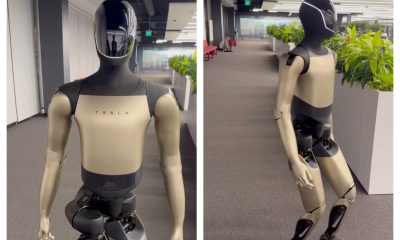
 Elon Musk2 weeks ago
Elon Musk2 weeks agoTesla’s next-gen Optimus prototype with Grok revealed
-
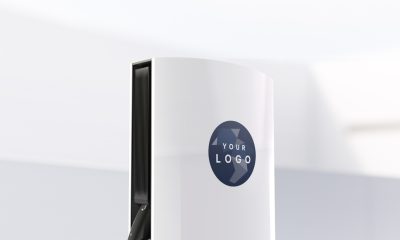
 News2 weeks ago
News2 weeks agoTesla launches new Supercharger program that business owners will love
-
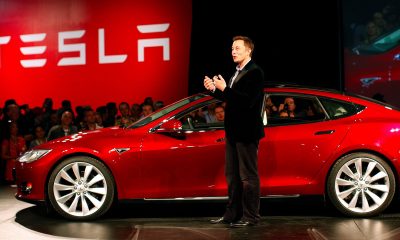
 Elon Musk2 weeks ago
Elon Musk2 weeks agoTesla Board takes firm stance on Elon Musk’s political involvement in pay package proxy
-
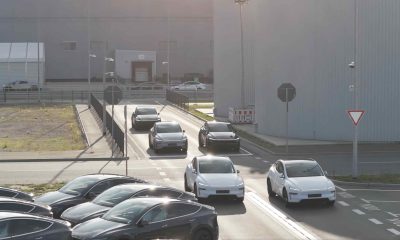
 News2 weeks ago
News2 weeks agoTesla deploys Unsupervised FSD in Europe for the first time—with a twist
-
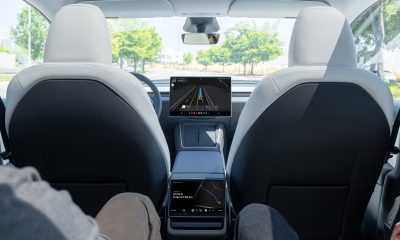
 News2 weeks ago
News2 weeks agoTesla explains why Robotaxis now have safety monitors in the driver’s seat
-
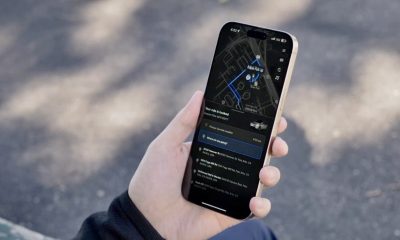
 News2 weeks ago
News2 weeks agoTesla is already giving Robotaxi privileges hours after opening public app
-
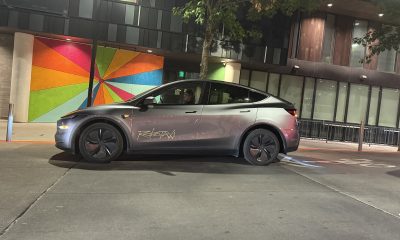
 Elon Musk2 weeks ago
Elon Musk2 weeks agoElon Musk says Tesla will take Safety Drivers out of Robotaxi: here’s when
-
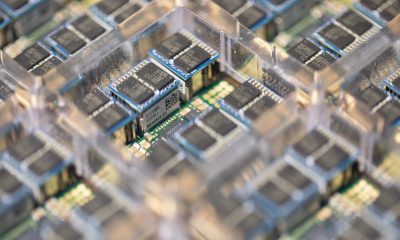
 Elon Musk2 weeks ago
Elon Musk2 weeks agoElon Musk is setting high expectations for Tesla AI5 and AI6 chips


